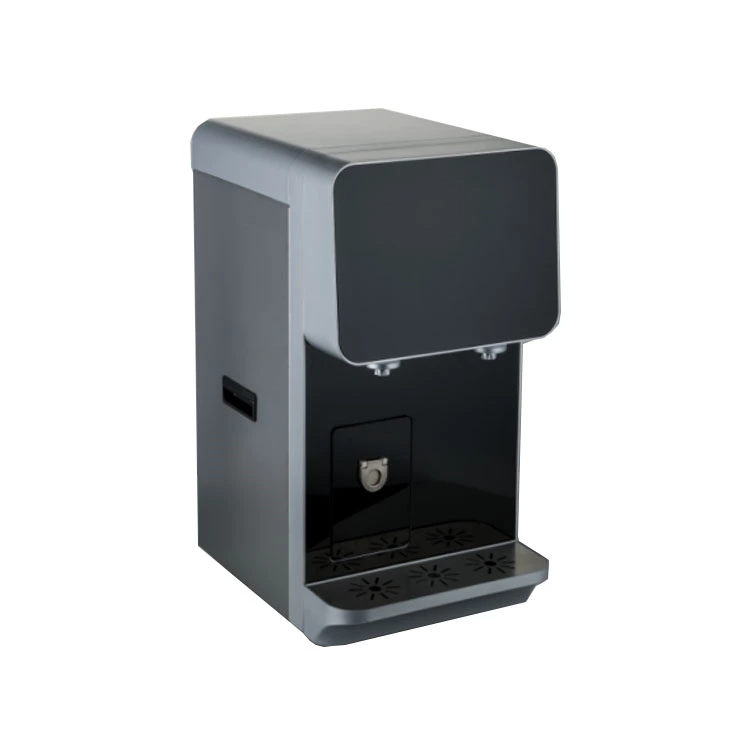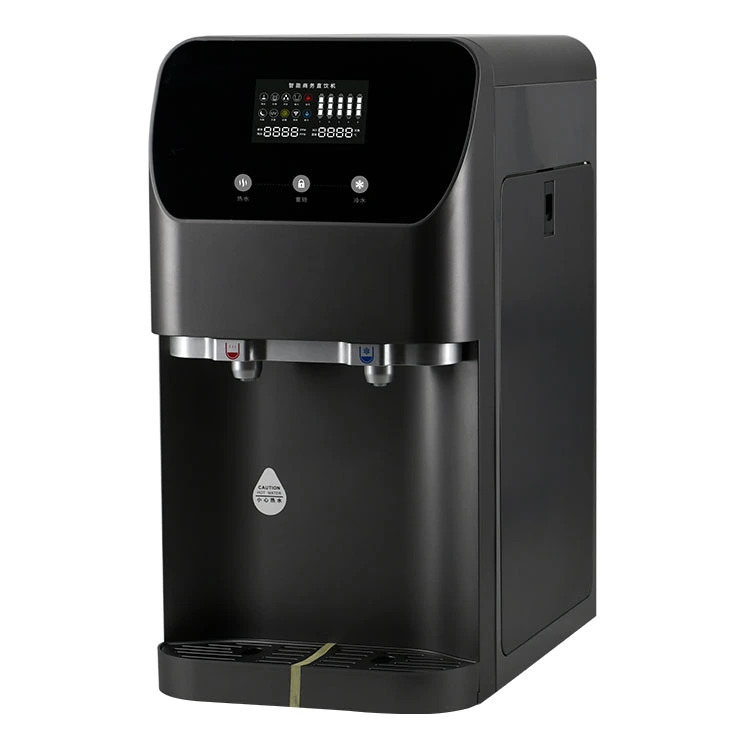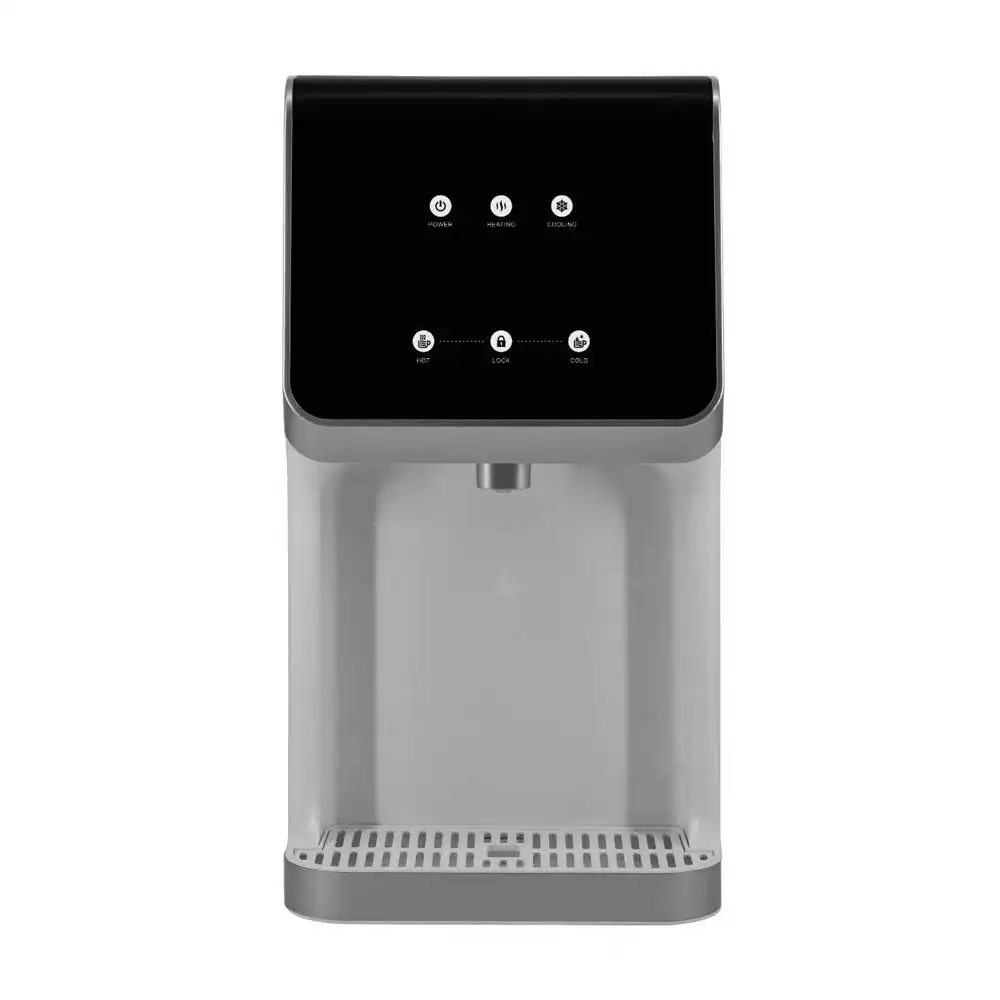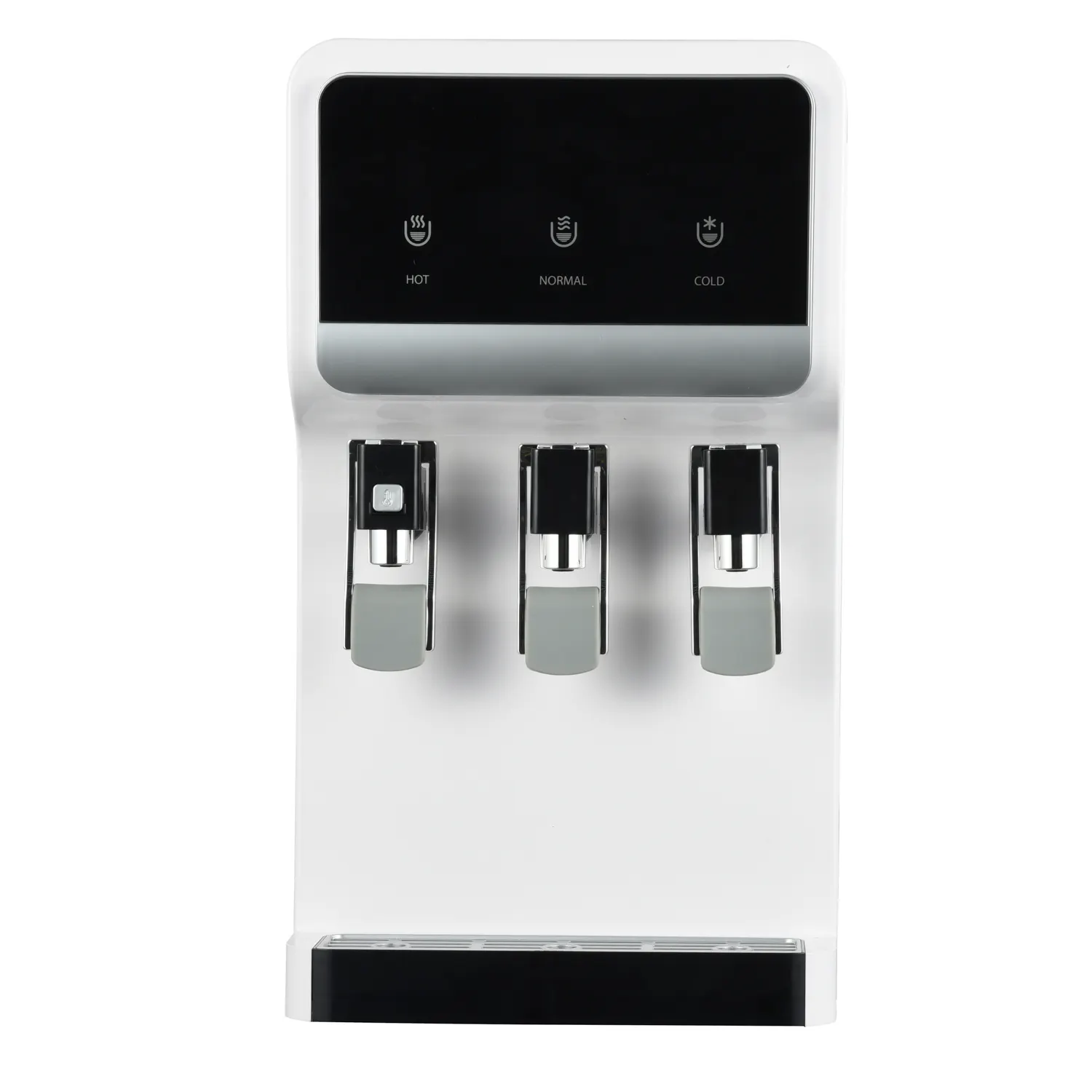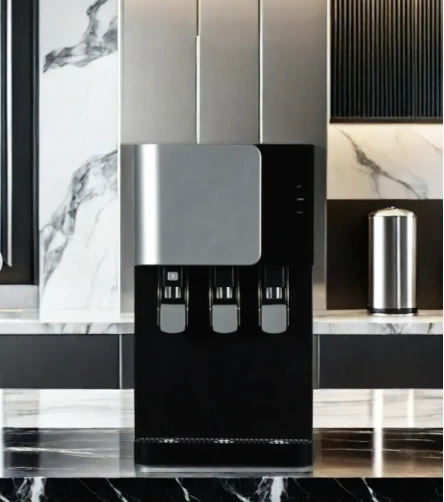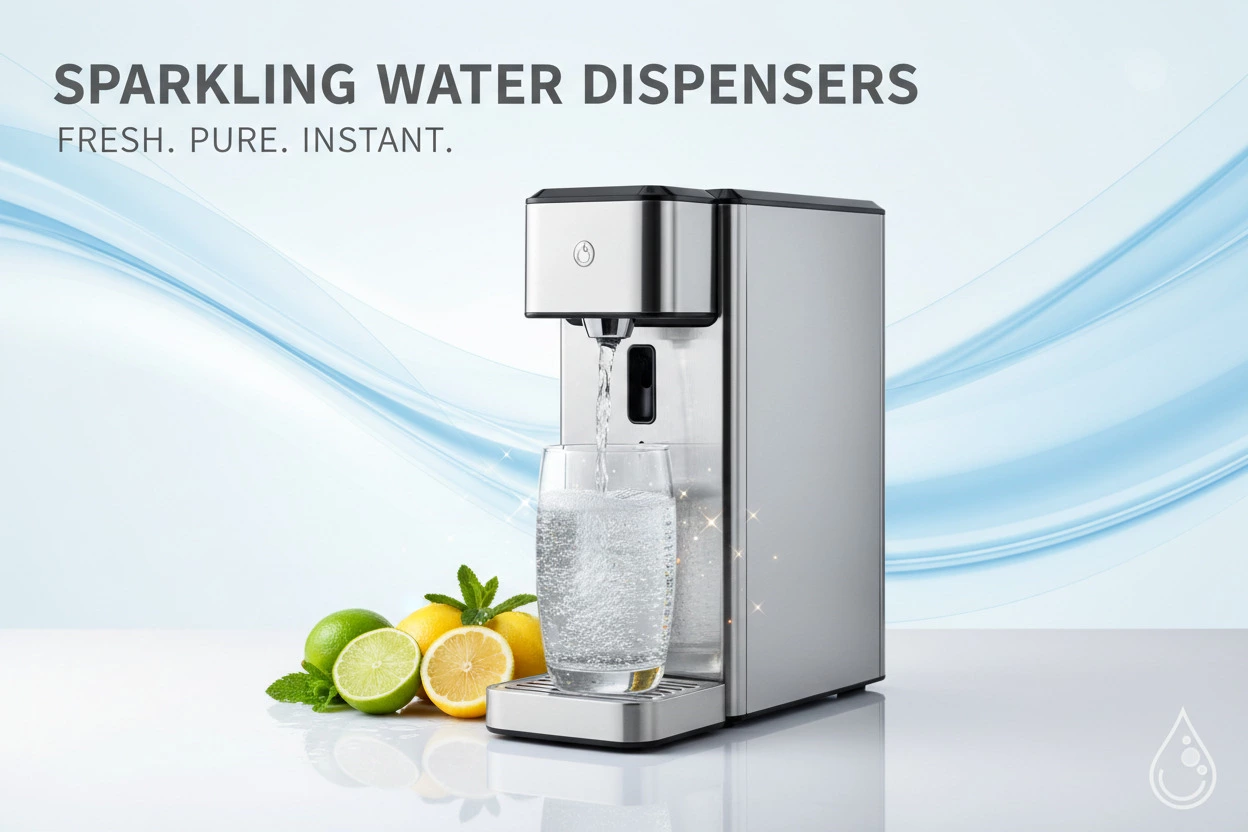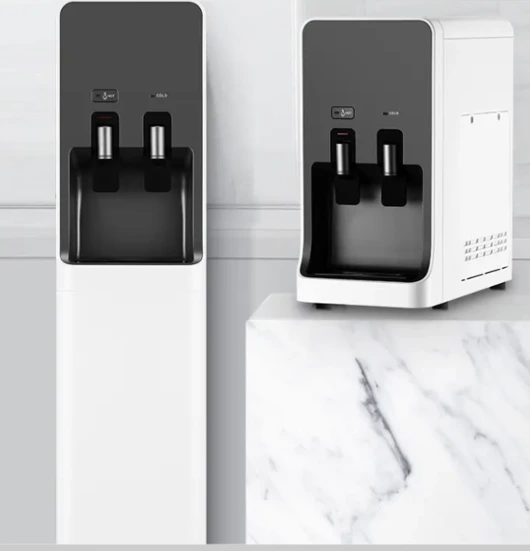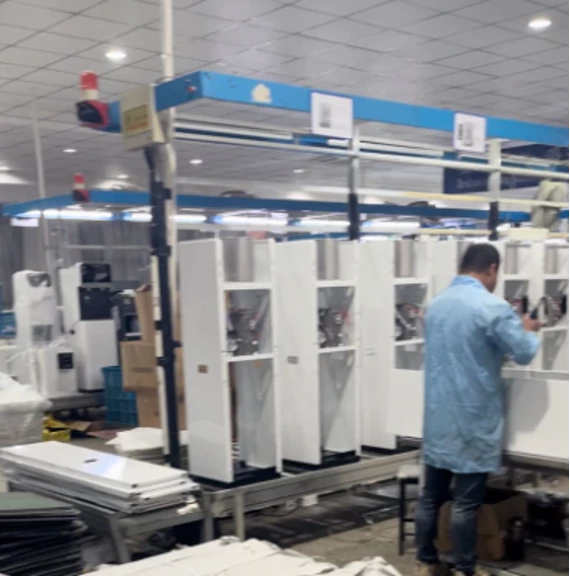From Boardroom to Breakroom: Finding the Ideal Water Dispenser for Business
You know that moment. You walk into a meeting room. Throat a little dry. There’s a sad plastic jug on the table. Warm water. Three cups left.
Everyone hesitates. Someone says, “It’s fine.” It is not fine. Good water is not a luxury at work. It’s the baseline. That first sip before a presentation—the quick refill between calls.
The cold glass after a warehouse walk.
It matters. It changes moods. It keeps the brain on.
So, let’s talk water dispensers. For the boardroom. The breakroom. The busy hall. The tiny phone-booth pod. All of it. What to buy. What to avoid. And how to make it work without drama.
Why water at work matters more than people admit
Small things run the day. Water is one of them. When hydration is easy, people drink more.
They snack less. They focus longer. They complain less.
They stop hoarding single-use bottles. The office feels calmer.
Also, clients notice. A clean glass. Cold, great-tasting water.
It says: We care about the details.
That’s brand. Quiet brand, but still a brand.

First decision: bottled or bottleless?
Two families. Different vibes.
Bottled (5-gallon jugs):
- Fast setup. Plug and pour. Good for temporary sites, events, and construction trailers.
- But heavy to lift. Storage needed. Costs add up.
- Spills happen. Floors hate it.
Bottleless (plumbed-in):
- Connects to the building water. Filters inside.
- Unlimited refills. No jug storage. Less waste.
- Better long-term cost for most offices.
Needs install. Needs a decent filter plan.
Most businesses go bottleless when they can.
One less thing to order. One less thing to carry.
And it looks cleaner too.
The big types (so you can picture them)
Freestanding water dispensers
Classic. Lives in the breakroom or corridor.
Hot, cold, ambient. Sometimes sparkling.
Good capacity.
Easy to spot. Easy to love.
Countertop units
Small footprint.
Perfect for pantries, phone rooms, and compact lounges.
Works on a credenza in the boardroom.
Capacity is smaller, so place wisely.
Under-sink with tap, Minimal look. The “nothing to see here” option. Tap can match your fixtures.
Great for executive kitchens and premium suites.
Slightly more involved install. But very elegant.
Industrial / high-capacity
For warehouses, canteens, schools, and gyms.
Robust. Often stainless.
Big chillers. High flow.
Looks utilitarian, because it is.
Pick your style by space and traffic.
Don’t force a tiny unit to serve a hungry floor.
It will cry.
Filtration that actually changes taste
Your people can taste chlorine. They won’t say it every day. But they can.
The carbon block filter is a big taste upgrade.
Needs regular replacement. RO (reverse osmosis) Deeper filtration.
Reduces dissolved solids and some heavy metals. Produces wastewater during the process. Plan for the drain. Best where municipal water is rough.
UV sterilization kills microbes.
Peace of mind for high-traffic or tricky pipes.
Often paired with other filters.
Remineralization (optional)
Adds back a tiny bit of minerals for taste.
Makes water feel “round,” not flat.
Nice for boardrooms where clients judge silently.
Ask your building team about water quality.
Or do a simple test. Then pick smarter.
The must-have features (and a few “nice-to-haves”)
Must-haves
- Chilled water that is actually cold (not pretend cold).
- Fast flow rate so lines don’t form.
- Hygienic dispense: covered spout, minimal touch.
- Filter life indicators (clear, not hidden in a tiny menu).
- Drip tray that doesn’t flood if someone forgets it.
- Child lock/safety on hot water. No accidents.
Nice-to-haves
- Sparkling water for morale and guests. Big yes in creative teams.
- Hands-free sensors (wave to pour). Germ season friendly.
- Portion control buttons: 8 oz, 12 oz, bottle fill.
- Ambient water for folks who hate cold. They exist.
- Leak detection with auto shutoff. Saves floors.
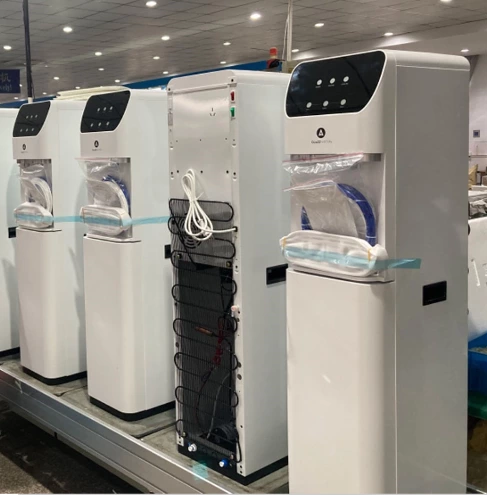
Capacity and placement: the math you do once
Rules of thumb. Simple, not perfect.
Small office (up to 15 people): one medium tower or two counter units.
Medium office (15–50): one high-capacity tower near the breakroom + one countertop near conference rooms.
Large floor (50–150): Two floor-standing water coolers minimum. Spread them. One near the kitchen. One near open plan.
Warehouse/production: towers at the entrance to every zone. Hydration stations every 100–150 feet if possible.
Walking too far for water kills usage.
Put units where people naturally pass. Near printers. Near exits. Near snacks.
Boardrooms need a quiet unit or an under-sink tap. Noise ruins mood.
Hygiene. The part people don’t like to discuss
- Make it easy to keep clean, or it won’t stay clean.
- Choose closed systems and sealed filters.
- Pick smooth surfaces, fewer seams. Wipe once, it’s done.
- Weekly wipe-down schedule. Non-negotiable.
- Monthly drip tray clean. Check the drain line if it has one.
- Filter change on time. Not “soon.” Put dates on the unit.
- Add paper cups only if you must. Reusable bottles are better.
If you do paper, choose the compostable ones that don’t melt.
Energy and noise: the quiet killers of goodwill
Energy
- Look for sleep modes.
- Hot tank timers for nights.
- Eco-chill.
- These things run all day. Efficiency matters.
Noise
- Compressors hum. Carbonators hiss.
- Put loud units away from focus zones.
- Under-sink chillers are quieter in practice, but check the spec.
A loud free water Coolers near sales calls will get unplugged.
Don’t test human patience.
The real cost: TCO, not sticker price
Sticker price is only the start.
Filters (how often, how much).
CO₂ for sparkling (swaps, delivery).
Install (plumbing, electrical, drilling).
Maintenance (service visits, spare parts).
Downtime (water runs out, people get grumpy).
Relocation if you move furniture or teams.
Ask vendors for a 12–36 month TCO estimate.
Make them show the math. Then compare.
Vendor checklist (so you buy once, not twice)
- Do they offer service-level agreements with response times?
- Are filters proprietary or industry standard?
- Can the Water Dispenser factory scale if you open another floor?
- Do they carry spare parts locally?
- What’s the warranty? Who honors it—dealer or manufacturer?
- Are they insured? Safety certificates on tap?
- Can they provide installation photos from similar clients?
One more thing: vibe check.
If they ghost your emails now, imagine a leak at 4 p.m. on payroll day.
Rollout plan that actually works
Pilot one unit in a high-traffic area. Watch. Ask for feedback.
Survey quietly. Cold enough? Flow fast enough? Any annoyances?
Decide on final spec. Sized to traffic, not to budget fantasy.
Install on a Friday afternoon or early morning.
Label with simple instructions and a QR code for service.
Announce with a fun internal post. Give reusable bottles.
Review after 30 days. Tune temperature or CO₂ level.
Schedule filter changes in the IT or facilities calendar. Recurring. Done.
The best systems disappear into the day. That’s the goal.
Boardroom specifics: the subtle details
Under-sink tap with matching finish = clean look.
Sparkling on demand adds a “we thought of you” vibe for clients.
Keep glass bottles pre-filled and chilled as backup.
Choose silent or near-silent cooling. No compressor drama during pitches.
Place a small spill kit in the cabinet. Hidden, but ready.
Boardroom water is part of hospitality.
Make it feel intentional, not patched together.
Breakroom specifics: built to survive
Go high-capacity. People refill bottles here.
Large drip tray with a drain line, if you can.
Hands-free helps when folks carry food.
Breakrooms are busy.
Everything must be robust. Think airline, not art gallery.
Accessibility and inclusivity
- Lower-height option in at least one area.
- Clear space in front for wheelchairs.
- Lever or touch-free for limited grip.
- Larger buttons with icons, not tiny text.
- Braille where possible.
- Hot water safety lock, always.
Water is for everyone. Build like you mean it.
Security and smart stuff
Some units have RFID or app controls (for paid public areas). Usage analytics can predict filter changes. Helpful for big sites. Leak sensors under sinks are cheap insurance.
If it’s on your network, treat it like a device. IT will care. They should. Don’t over-tech it if you don’t need to. But do log what matters: service, filters, incidents.
Culture: make it a habit, not a machine
- Give new hires a reusable bottle on day one.
- Post a seasonal mocktail recipe. Lime + mint + sparkling Friday.
- Put fruit slices near the boardroom on client days.
- Celebrate “refill milestones” for fun. Why not.
It’s water. It can still be delightful.
Quick decision guide (pin this in your head)
- Small teams: countertop, carbon filter, cold + hot.
- Growing office: freestanding tower, fast flow, cold + hot + ambient.
- Premium suites / boardroom: under-sink tap, RO + remineralize, silent chill, sparkling.
- Warehouse/factory: robust tower, high-capacity chiller, easy-clean, clearly marked.
- Health-conscious spaces: UV + carbon, hands-free, portion control.
- If torn between two models, pick the one with better support.
- When something breaks, that will be what matters.
The quiet win you’ll notice a month later
People drink more water. Fewer energy drinks on desks. Less trash. Fewer “hey, who finished the last bottle?” arguments.
Guests smile when you offer sparkling like it’s normal. Facilities spend less time dealing with deliveries and spills. It’s not a loud change. It’s a smoother day.
Final pour
From the boardroom to the breakroom, the “ideal” water dispenser isn’t just a box that spits water.
It’s a small system that supports how your team actually lives at work.
Clean taste. Right temperature. Quick flow. Easy upkeep.
That’s the sign you got it right: no one talks about the floor-standing water Coolers anymore.
They just drink, smile, and keep moving.

